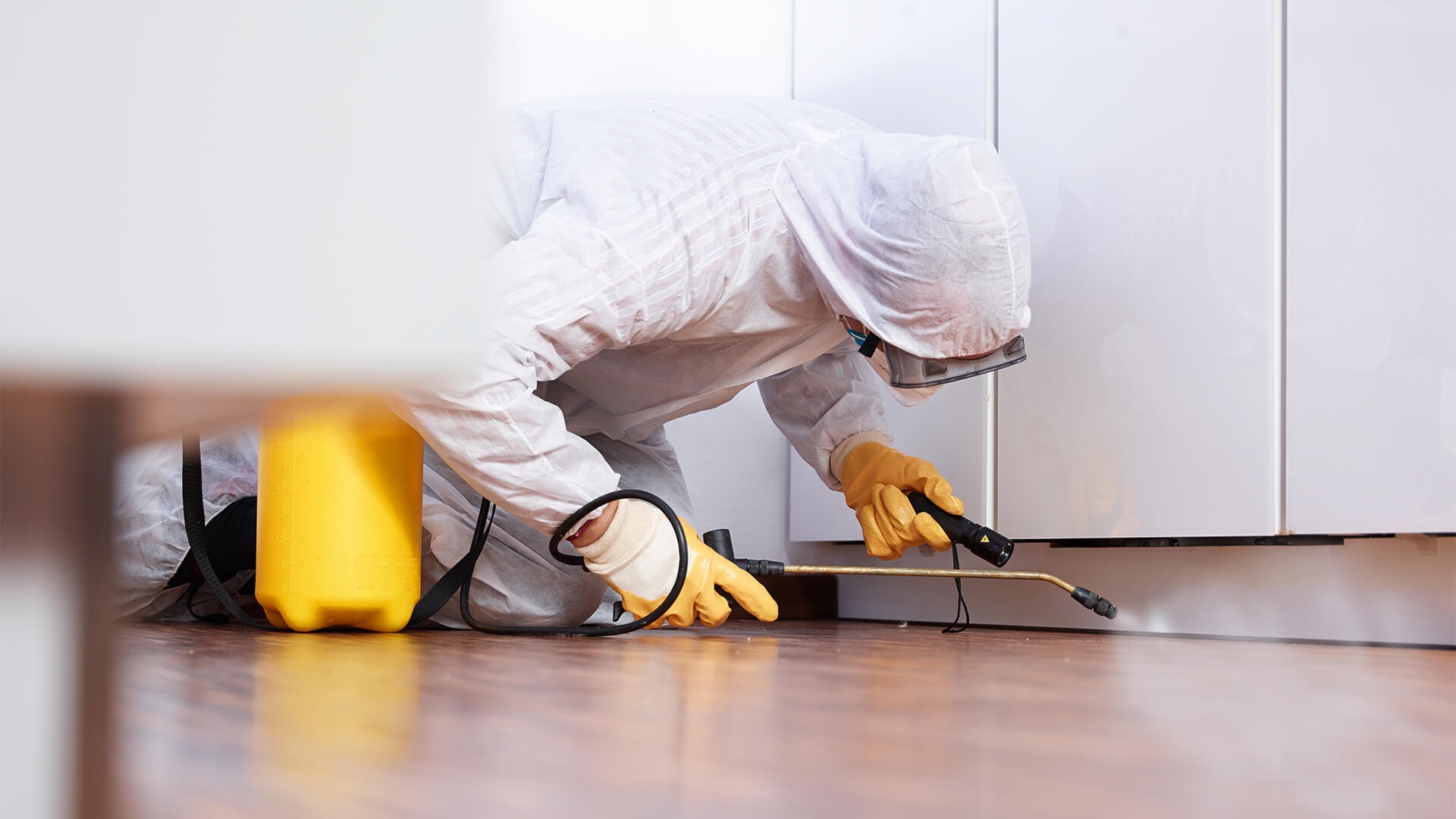Woodworms, the larvae of wood-boring beetles, pose a threat to wooden structures, typically infesting old or damp wood. Their presence often go unnoticed until significant damage is apparent.
During the flight season, between May and October, Common Furniture Beetles exit timber, leaving small round holes as they emerge. After mating, females lay eggs in wood cracks, with larvae burrowing for up to five years, gradually increasing in size by consuming wood. Upon pupating, the cycle repeats, perpetuating the infestation.
Effective measures for pest control Manchester are essential to address woodworm infestations and protect wooden structures from severe damage.
How does an infestation of woodworms look?
In Manchester, addressing woodworm infestations requires tailored pest control approaches, considering factors like wood type and infestation density. These wood-boring insects primarily reside as larvae within wood, causing both cosmetic and structural harm if left unchecked.
Detecting infestations often relies on spotting small exit holes, typically 1-1.5mm in diameter, left by emerging adult beetles, accompanied by powdery frass.
Regular inspection of wooden surfaces and furniture is crucial for early detection and swift intervention to prevent irreversible property damage. Immediate action upon spotting exit holes is imperative to halt further deterioration of wooden structures or furnishings.
The primary indicators of woodworm damage
Regularly inspecting wooden surfaces, structures, decking, and furniture for signs of decay or sawdust-like substances is crucial to detecting woodworm infestations early.
Decay or the presence of sawdust could indicate an active infestation, requiring immediate specialist intervention to prevent further damage and ensure the safety and value of your property.
Prompt action upon noticing such signs is essential to mitigate risks associated with structural deterioration or compromised furniture integrity.
Can woodworm destroy your home?
The threat of woodworm to properties extends beyond furniture, as they can infiltrate:
- Floorboards
- Joists
- Windowsills
- Lintels
- Rafters
- Load-bearing beams.
As a result, they pose significant structural risks. Left untreated, woodworm can lead to floor collapses, ceiling or roof damage, and compromised structural integrity, inviting costly repairs.
While the prospect of cartoonish collapses is unlikely, the cumulative damage inflicted by woodworm on timber structures is undeniable.
Vigilant inspection for telltale signs, such as exit holes and powdery frass, coupled with swift intervention through professional pest control measures, is crucial to safeguarding properties against the destructive impact of woodworm infestations.
Are woodworms expensive to remove?
The approach to addressing woodworm infestation varies based on the extent and type of beetle involved. Small Common Furniture Beetle infestations may be tackled with DIY woodworm killer, while larger or House Longhorn infestations necessitate specialist intervention for safe and effective removal, tailored to each situation.
Conclusion:
If left untreated, a woodworm infestation might result in serious harm. In this instance, the homeowner quickly took care of the infestation after noticing the tiny holes and wood dust.
In order to prevent woodworm infestation from spreading to other wooden structures on the site, professional assistance is imperative. A knowledgeable damp proofing business will guarantee that the infestation is removed and offer suggestions to stop it from happening again in the future.




